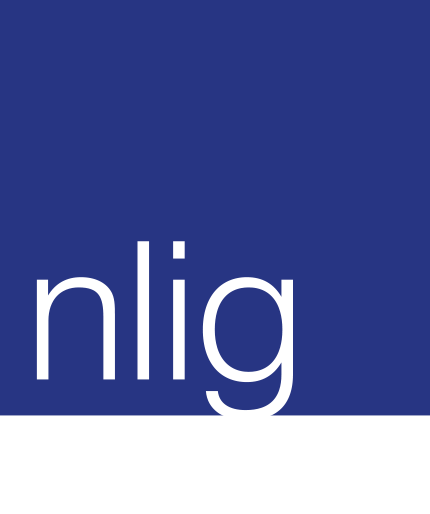Protecting unoccupied premises during the pandemic

With Covid still presenting a real and ongoing risk, some businesses are still advising staff to work from home, leaving premises unoccupied. While some insurers have extended the notification period for changes in circumstances, it’s essential to advise your insurer in advance of any material changes and also be able to demonstrate you have considered the risk and taken proportionate and practical action.
Here’s a six-step approach to help you protect unoccupied premises:
1. Assess risk
To decide on the level of protection and action necessary, you need to look at key areas of risk. Areas to consider include location, the complexity of the site, number of keyholders, routine inspections, emergency callouts, the ability of the building to contain a fire, and utilities required during the reduced use of the building. It’s important that heating systems, fire detection and intruder alarm systems all remain operational, security measures are regularly checked and people visiting the premises know how the systems work. (Remotely monitored systems would require less frequent visits.)
2. Identify potential hazards
- Arson: check lighting, fencing and CCTV of external areas and ensure bins (that could be used to gain access to the premises) are safely stored
- Electrical: isolate non-essential building services and maintain good housekeeping around electrical equipment
- Hot work: ensure contractors carrying out emergency repairs comply with the hot work permit system
- Water damage: maintain heating systems but consider reducing water supply to the premises by isolating the water main at the stopcock
It is also worth mentioning that some insurers have requirements that the utilities are turned off from the mains (i.e. Gas, Electricity and Water). Some insurers also require the water to be drained. In some circumstances, insurers may allow for utilities to remain on, for example, the electric to remain on if there is a burglar alarm at the property. This is on an individual risk basis and will require referral to the insurer.
3. Implement controls
Remember the four ‘D’s: deter access to the site, defend against access, detect time spent in the building and put measures in place to delay removal of property.
4. Maintain protection systems
All protection systems need to be maintained and operational. Key questions to ask include:
Are the systems remotely operated? What happens if they activate? Are faults logged remotely? Are sprinkler systems fully operational? Are security alarms and CCTV systems working correctly?
5. Establish response factors
- Carry out inspections to ensure buildings remain sound and secure
- Review keyholder details and cross-check them with alarm monitoring companies
- Assess the implications of lone working: visits should be logged and include photographic evidence
- Ensure there are clear instructions around escalation procedures
- Manage contractor access (possibly with a rota system) and update risk assessment to reflect any significant changes
6. Monitor and review
Concentrate and prioritise actions on the most vulnerable sites while maintaining an overview of the remaining areas. Consider additional measures that may be required if key staff are absent from work. Keep your broker/insurer fully informed of any events or changes that may have a material bearing on the risk.
As your broker, NLIG is here to help and advise you. Please talk to us in the first instance about any changes to your business premises, especially if they are unoccupied, so that we can ensure you are adequately insured. Either call us on 01992 703 300 or email insurance@nlig.co.uk
Source:
Willis Towers Watson: Vacant and unoccupied premises during covid-19

